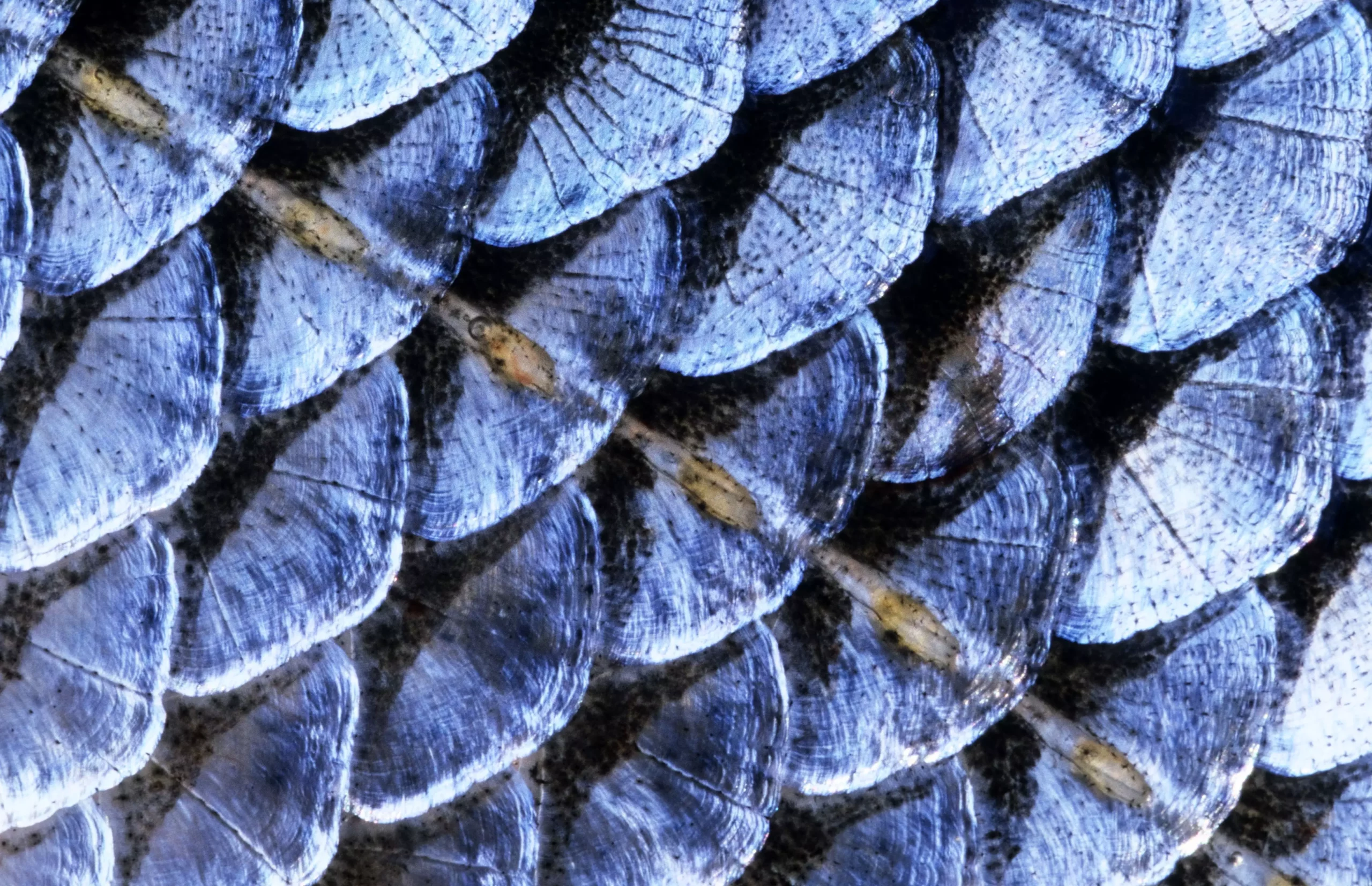Hole-in-the-head disease (HITH), clinically referred to as lateral line erosion, emerges as a significant concern for aquarists and fish enthusiasts alike. This disease manifests through the development of erosive pits on the heads and faces of affected fish. Although the condition itself is not inherently life-threatening, it can predispose infected fish to secondary bacterial and parasitic infections, complicating their overall health. Notably, species such as angelfish, tangs, and surgeonfish are especially susceptible to this ailment, which can create both aesthetic and health challenges.
Visually, hole-in-the-head disease is marked by the appearance of small pits or erosions on a fish’s head, face, and lateral line, potentially extending to other regions of the body as well. These lesions can appear as depressed areas, exhibiting hues of brown, grey, or white. Mild cases may reveal only a handful of spots, while more severe infections can result in extensive erosion affecting large areas of the fish’s physiology. Typically, these erosions originate as minute pinhole defects, which can proliferate and amalgamate to form more extensive patches. The diversity in presentation underscores the importance of vigilance among aquarists in monitoring the health of their aquatic communities.
The lateral line system, a critical sensory organ in fish, plays an integral role in their behavioral ecology. Composed of a network of sensory cells beneath the skin, this organ aids fish in detecting vibrations and changes in their aquatic environment. HITH’s impact on this system can undermine a fish’s ability to navigate, evade predators, and engage in social interactions.
The precise etiology of hole-in-the-head disease remains somewhat elusive, indicating a multifactorial origin. While certain parasites, such as those belonging to the Hexamitid species, have been implicated, they are not the predominant cause. Stress appears to be the principal contributor to the onset of HITH, as heightened stress levels can impair fish immune responses. Various factors—such as suboptimal water quality, inadequate nutrition, and social stressors within the tank—can exacerbate this condition.
Stressors in the fish’s environment could include aggressive tank mates, territorial disputes, and even the physical confines of the aquarium. These factors can drive fish into a state of heightened vulnerability, making them more prone to developing noticeable symptoms of HITH.
Diagnosing hole-in-the-head disease is predominantly observational. The presence of characteristic pitting and erosion in the targeted anatomical areas is typically sufficient for a layperson or an aquarist to suspect HITH. Unfortunately, there exists no singular, definitive treatment. Instead, management typically entails a multi-faceted approach aimed at improving the overall health of the affected fish and their environment.
Veterinarians may recommend anti-parasitic medications alongside enhanced maintenance practices to bolster the health of the aquarium ecosystem. Suggestions could involve ensuring that filtration systems are functioning correctly and devoid of any electrical anomalies that might contribute to stress. The isolation of aggressive fish that might be contributing to a hostile tank environment could also be a necessary step, potentially involving re-homing these individuals for the betterment of the collective community.
While HITH may not pose an immediate mortality threat, its cosmetic impact and the risk of secondary infections necessitate judicious preventative measures. Aquarists are encouraged to adhere to quarantine protocols for new fish to limit the introduction of pathogens into the tank. Maintaining a consistent maintenance schedule—regular water changes and routine monitoring of water parameters—can significantly reduce potential stressors.
Furthermore, providing adequate dietary nutrition tailored to each species’ requirements fosters robust immune systems, effectively lowering the risks associated with HITH. It is also critical to create a harmonious living environment by selecting compatible species, deploying enrichment strategies, and ensuring that the aquarium size is adequate for the inhabitants.
Although hole-in-the-head disease presents a daunting challenge for fish keepers, understanding its complexities can empower aquarists to take informed actions. Through diligent observation, conscientious care practices, and proper environmental management, the prevalence of HITH can be minimized, preserving the health and vitality of marine life within home aquariums.


Leave a Reply